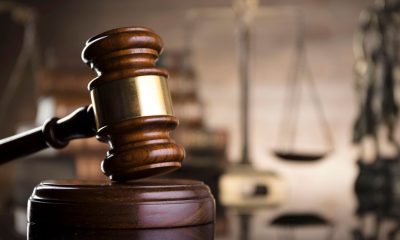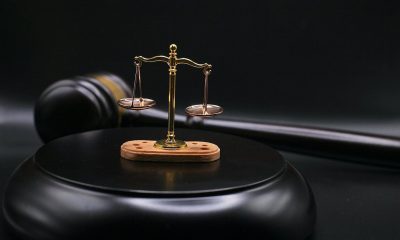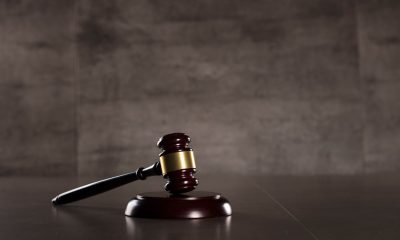National
Shareholder Rupert Hayward Shares Vision For The Future
GRAND BAHAMA, BAHAMAS – Rupert Hayward, a shareholder of the GBPA, emphasizes how the city of Freeport was meticulously planned.
-

 Court15 hours ago
Court15 hours agoPolice Reserve Charged with Illegal Gun Possession
-

 Court2 days ago
Court2 days agoCase Dismissed Against Man Accused of 2021 Murder
-

 Court15 hours ago
Court15 hours agoPanel Refuses Convict’s Appeal for 2001 Murder
-

 Court2 days ago
Court2 days ago$30K Bail for Man Accused of Beating His Cellmate to Death in 2019
-

 National2 days ago
National2 days agoFirst New Dock Nears Completion, Set To Revolutionize Grand Bahama Shipyard’s Capacity
-

 Court3 days ago
Court3 days agoShooting Victim Charged With Murdering Man At Swinger’s Bar
-

 National2 days ago
National2 days agoRoyal Caribbean Names Alistair Delancey As Director of Operations For Royal Beach Club
-

 Court3 days ago
Court3 days agoSentencing Delayed For Man Who Indecently Assaulted Cashier





















